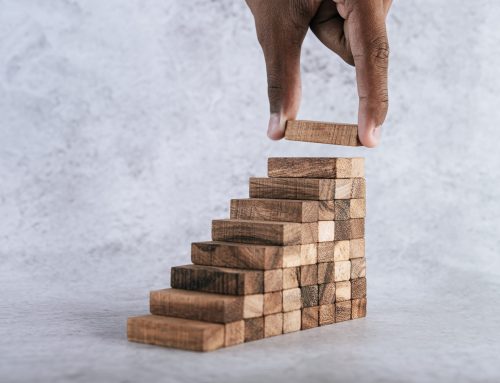This week Rafa Nadal and Real Madrid have both left us two powerful lessons that will gain even more recognition over time.
The former has become the oldest player to win the Barcelona Open at 31 years, 10 months and 27 days, winning his 11th trophy same as he did in Monte Carlo a few weeks ago (no other player has won the same tournament 11 times). Real Madrid, on their part have played their eighth Champions League semi-final in a row and have qualified for their fourth final in the last five years.
Following one of sports’ maxims, which says that the most difficult thing is not to reach the elite but to stay there, it seems difficult to find an explanation for these two accomplishments, which will be valued even more with the passage of time.
There are several similarities between the strategy followed by Nadal and the one followed by Real Madrid to achieve this level of consistency. Here are some insights that can be useful for our own performance; to find our own consistency.
1) Choose your battles wisely.
Both in sport and in our daily lives, managing our effort and saving resources is a key step to achieve our goals. For Nadal, the key has been to think about the future without neglecting the present, even if this meant to skip important tournaments. Sacrificing the urgent to focus on the important has led him perform better in his “battles”. For Real Madrid, there has been no choice: their early knock out of Copa del Rey and their little chances in LaLiga soon forced them to focus all their effort in a single battle called Champions League. And it seems it worked well.
Federer has also admitted that renouncing to many tournaments has ironically helped him return to the top at it has increased his winning options in the tournament he has played. But he also said that you can only do this when you’ve given your all before. “I just hope people don’t think that what I’m doing at 36 they can start doing at 25. I played full schedule from ’98 or ’99, really, to 2016. Until I was injured. I was 34 at the time. Did I plan last year to play a light schedule? No. Did I plan to skip the clay-court season? No. Did I plan to win all these tournaments? No. It all happened organically.”
Choosing means renouncing to something.
2) Choose your references
Having a role model as a reference helps us exceed our expectations, as we saw in this post on Rafa Nadal.
“Nadal is the reason I’m a better player” Roger Federer
3) Apply small changes and be flexible with them.
Remaining in the elite involves a constant renovation. Consistency is not doing the same thing, but rather applying minor changes so subtle and natural that are hard to notice. What have you changed in the past 8 or 10 years? What did you keep as part of your core essence?
If we take a look at the stats, only three players were at Real Madrid eight years ago (Cristiano, Benzema and Marcelo) and in this time the team has succeeded at mixing older, reliable players with younger future stars such as Asensio, Isco or Varane. Repeating a successful generation is very difficult. But creating a team with two different generations that coexist over time beyond individual names is even more difficult.
Nadal is another example of constant renovation. The most striking accomplishment he made this week is not to become the oldest winner of the tournament. It is actually that he is both the oldest and -almost- youngest champion of this tournament (he won his first Barcelona Open at 18), only preceded by Mats Vilander for a few months. In these 13 years (that’s one life in tennis), Nadal has made many minor changes: part of his team (signing Carlos Moya, a new coach with fresh ideas and new ambition), his style of play (more aggresive to shorten rallies in certain phases of the game), his body (he lost weight to keep his speed) and training methods (more preventive workouts to avoid injuries). Big sports teams and players that teach us that we should not be the same people now than we were a few years ago.
4) Find your “why” and your “what for”.
Thirteen years have elapsed since Nadal’s first tournament in Barcelona. 13 years and a long list of injuries that prevented him from playing in many tournaments. However, when he’s on the court he keeps showing the same thirst for victory than 13 years ago, despite having 16 Grand Slams on his shoulders. Record after record despite the weight of injuries and something heavier: the weight of triumph.
In the case of Real Madrid, it might seem easy to keep this hunger for winning since there are new players every year, but in players like Nadal or Federer, this hunger is born in a unique instinct: their ceaseless effort to continuously improve. To become better players and better people. Why do they play? Because they love the game, as Federer once told Steve Kerr in the video you’ll see at the bottom. What for? To leave a legacy.
The “why” takes you to the past and helps you realize if you are in the place where you want to be. The “what for” takes you to the future, to ask yourself if what you are doing is related to what you want to do or how you want to be in the future. After all, if what we are doing is not helping us or anyone else, why then are we doing it? This was one of the questions that Stephen Covey analyzed in his acclaimd book The 7 habits of highly effective people.
We all need a reason to perform at our highest level. And especially to stay there.







Sports always link people together